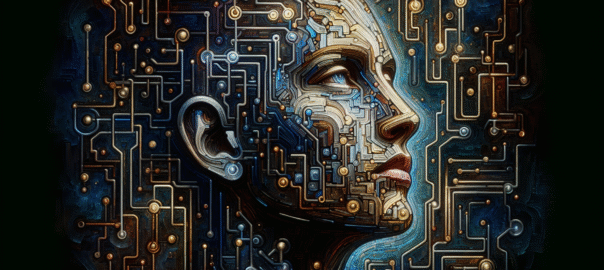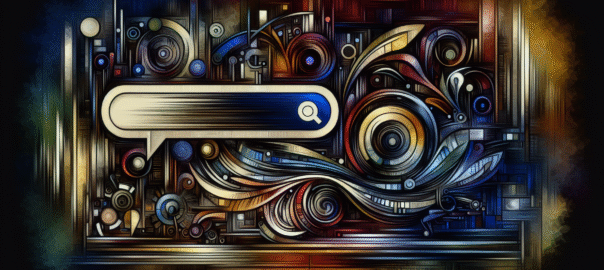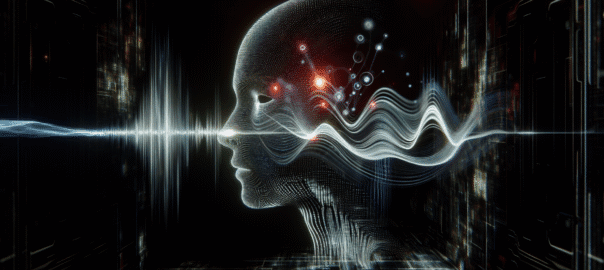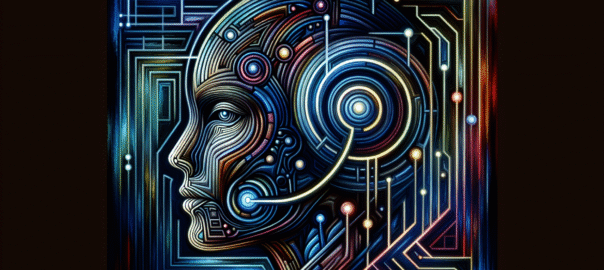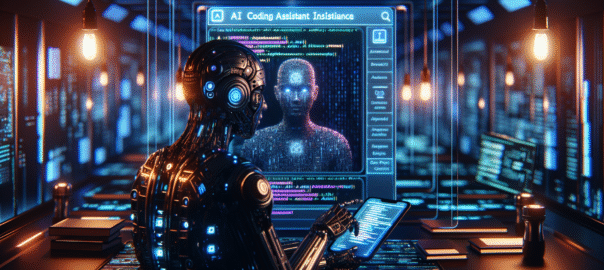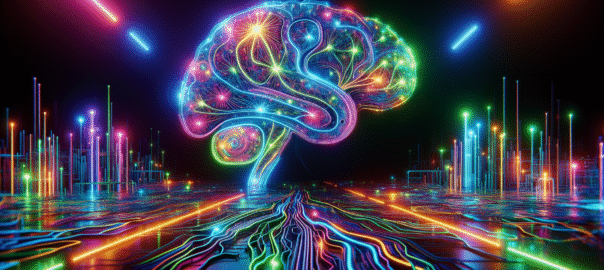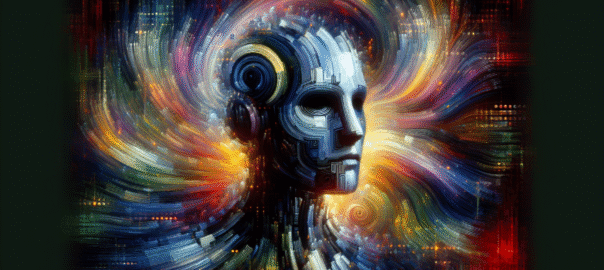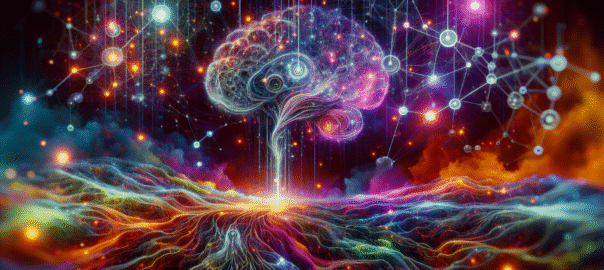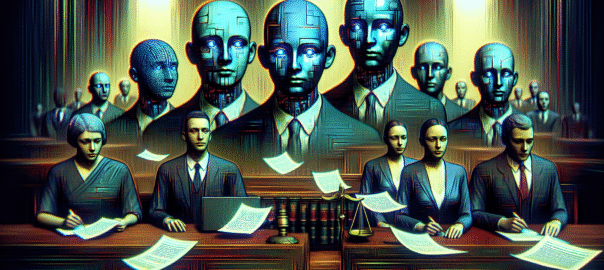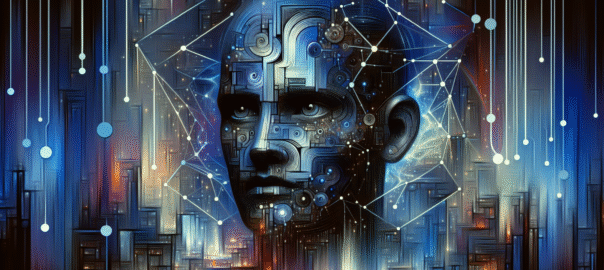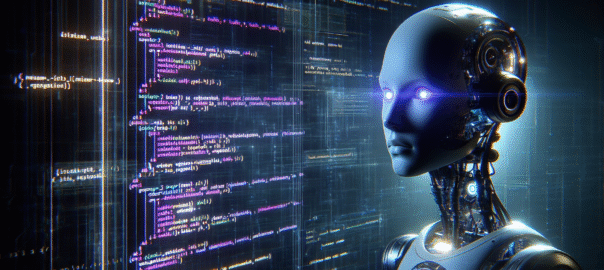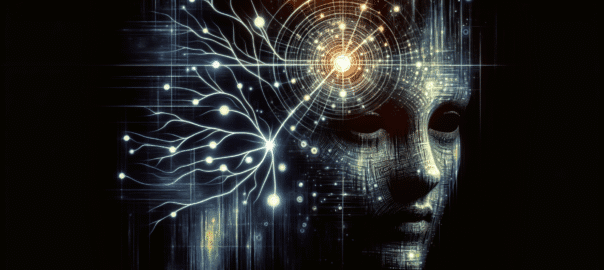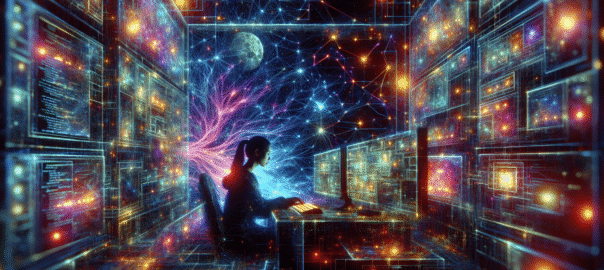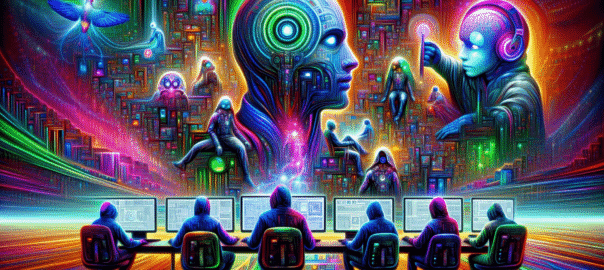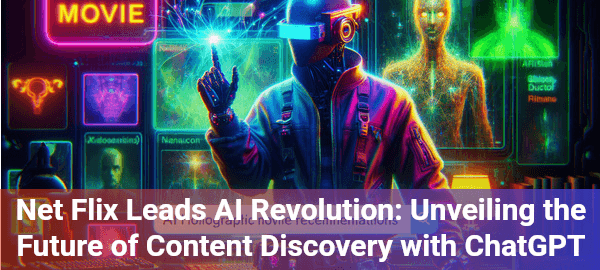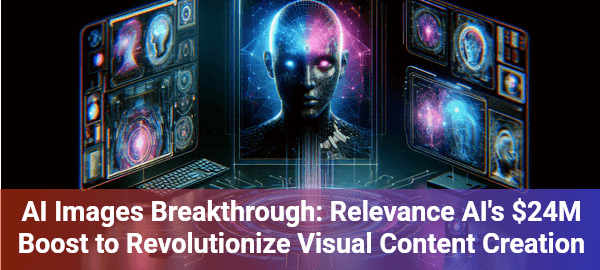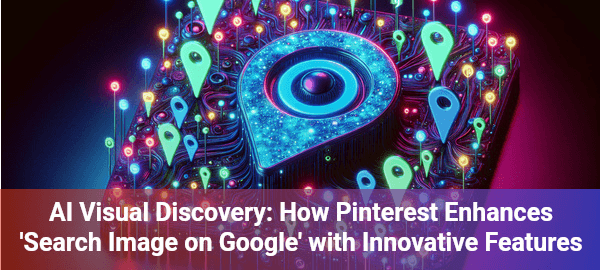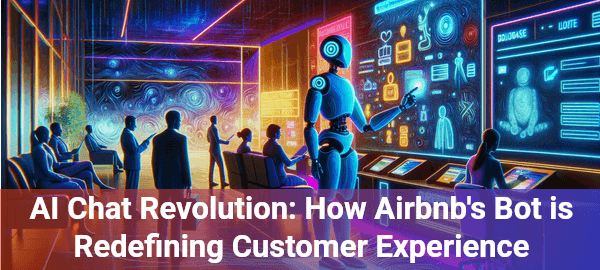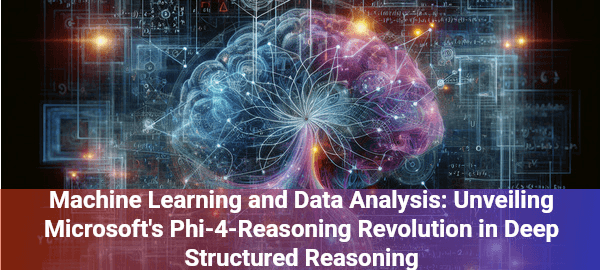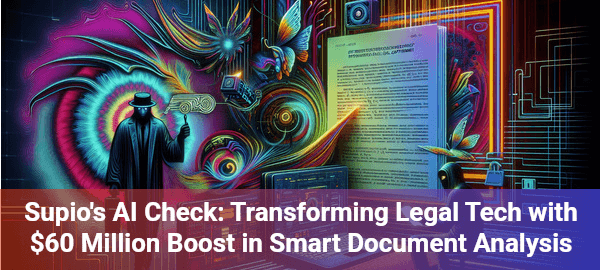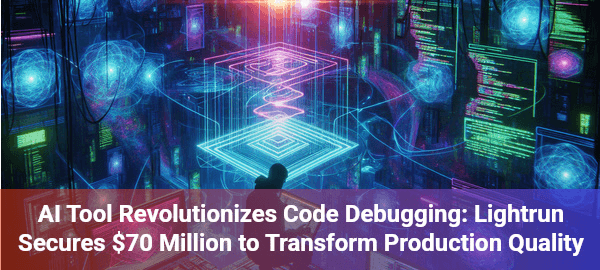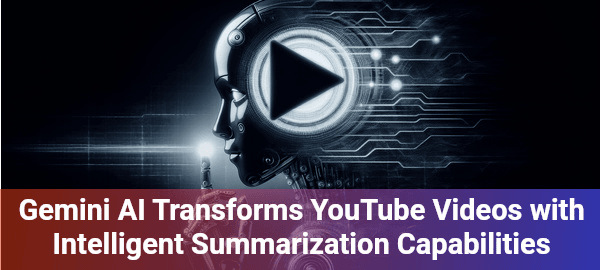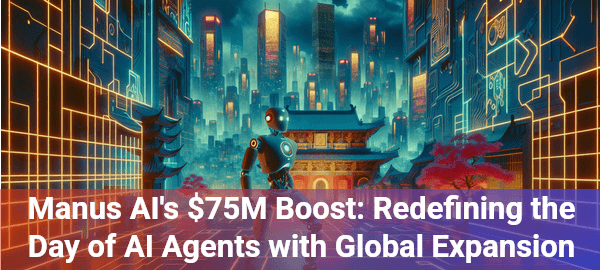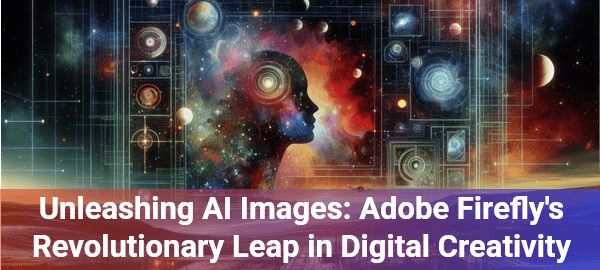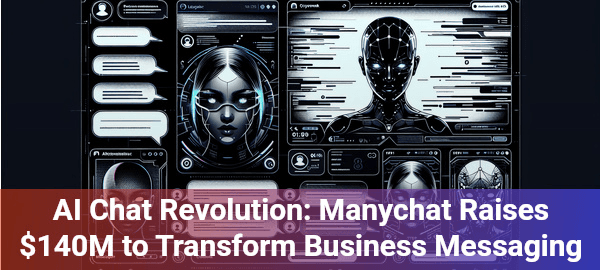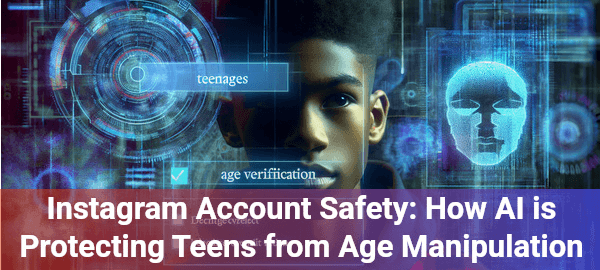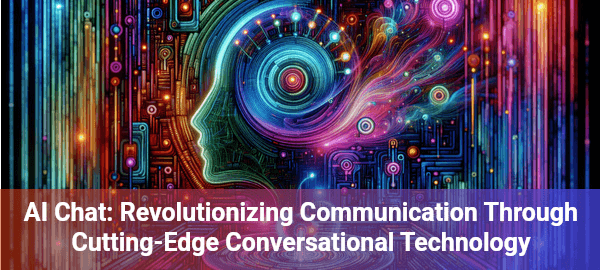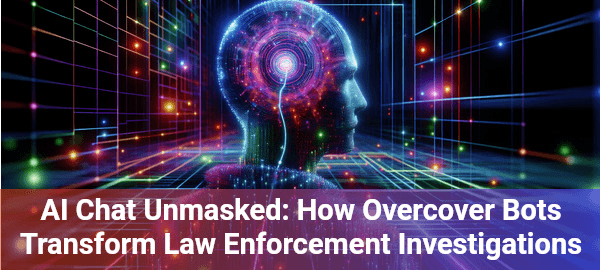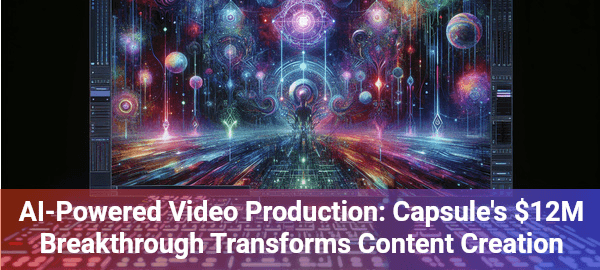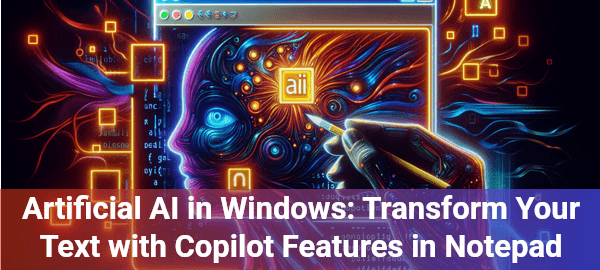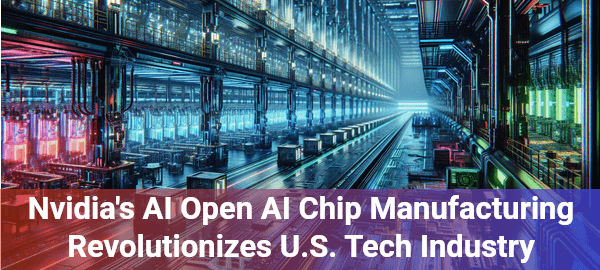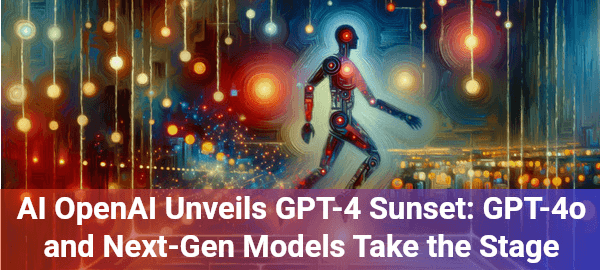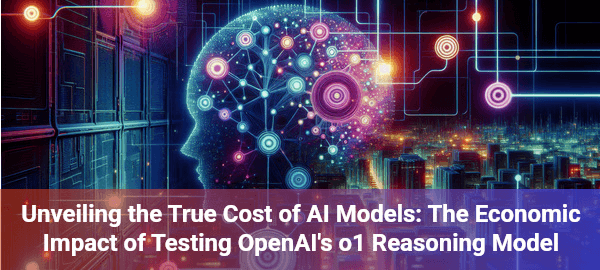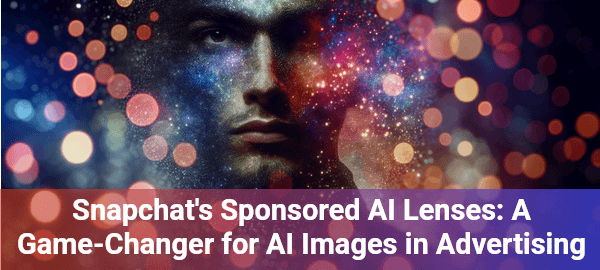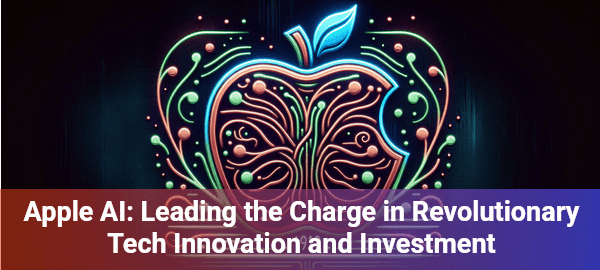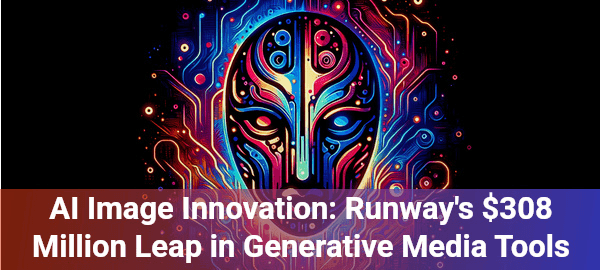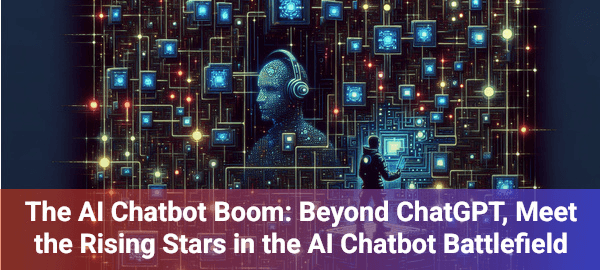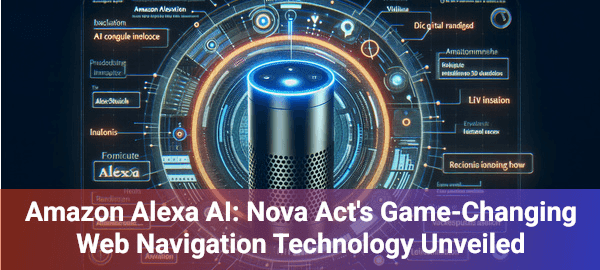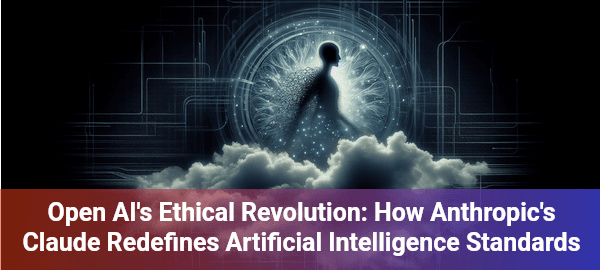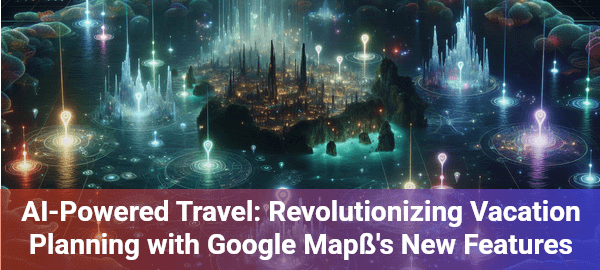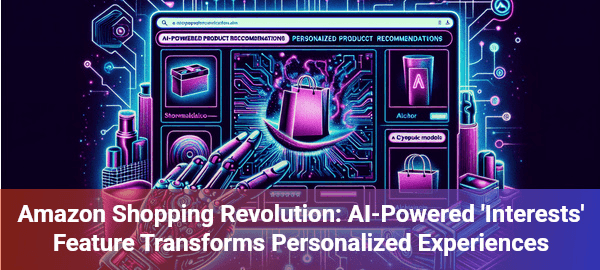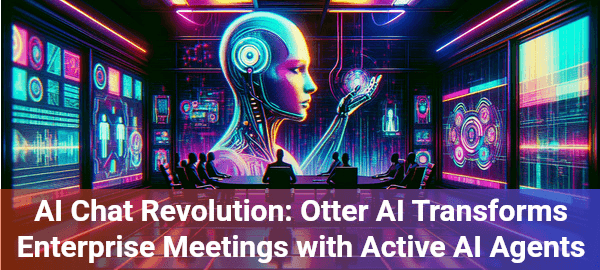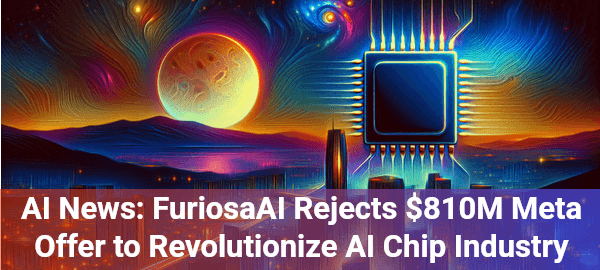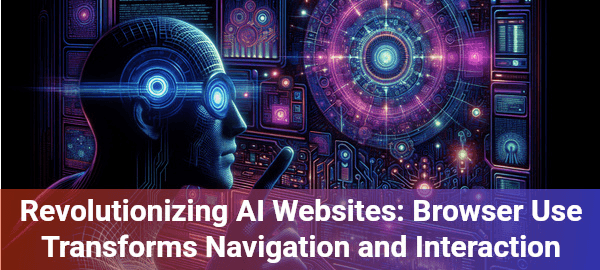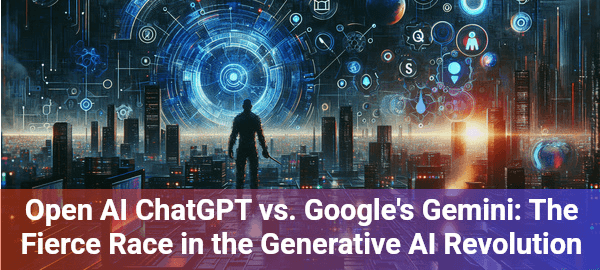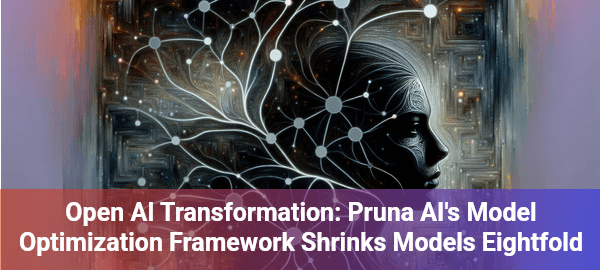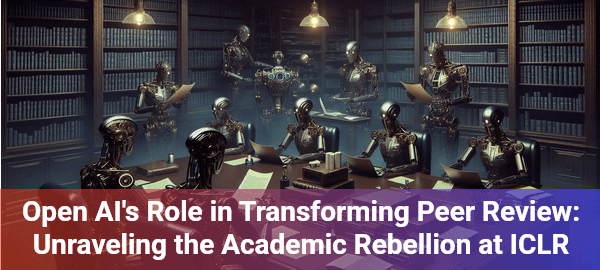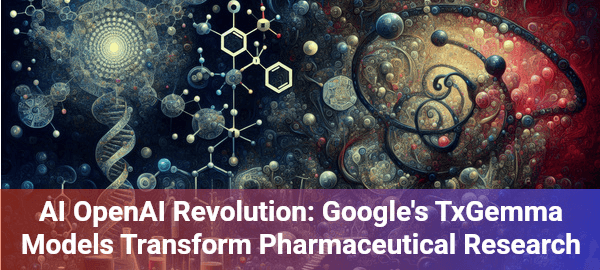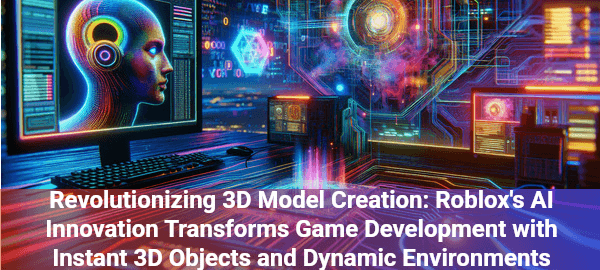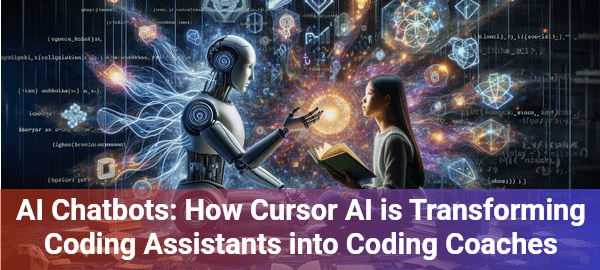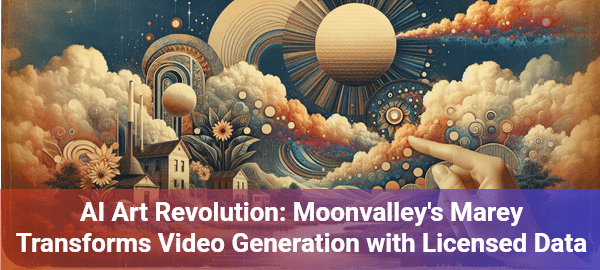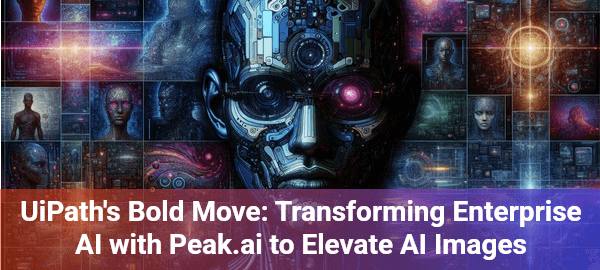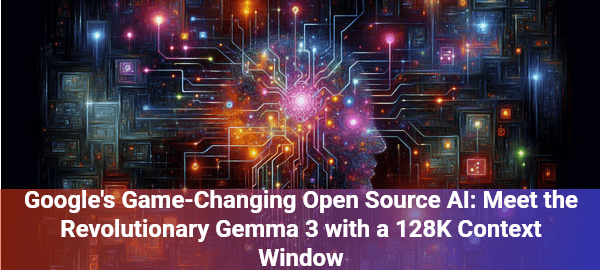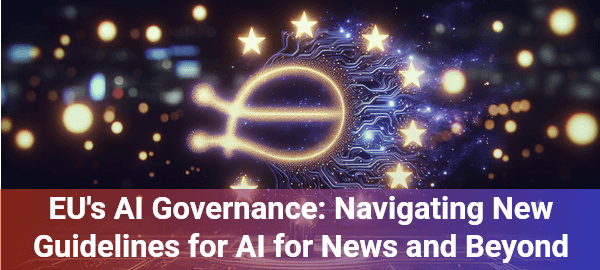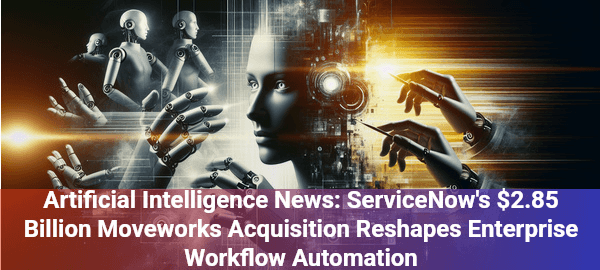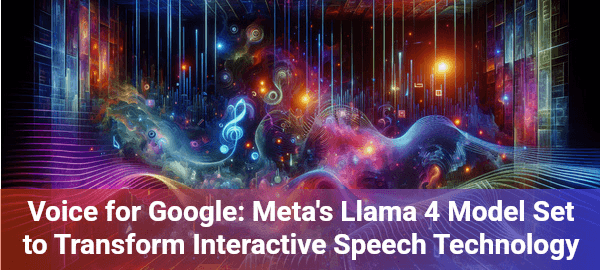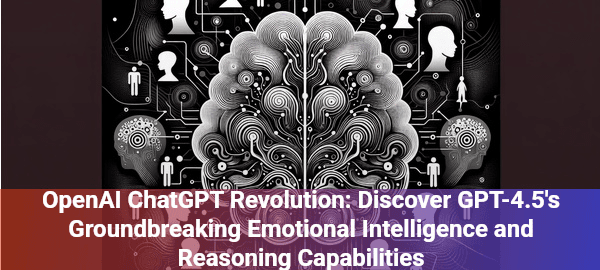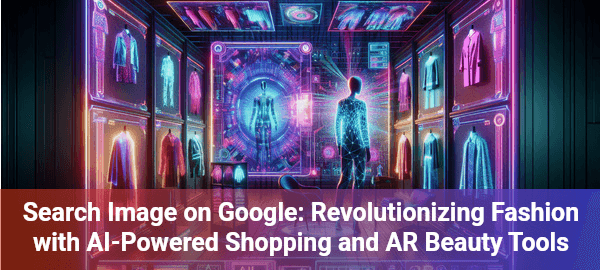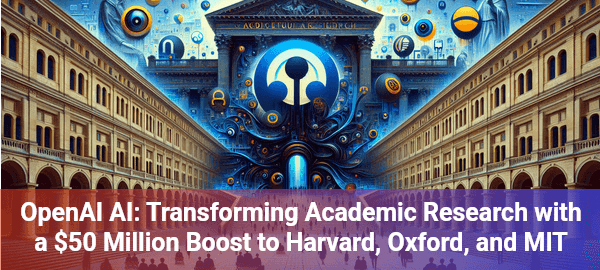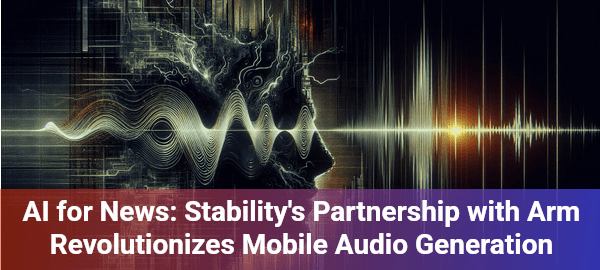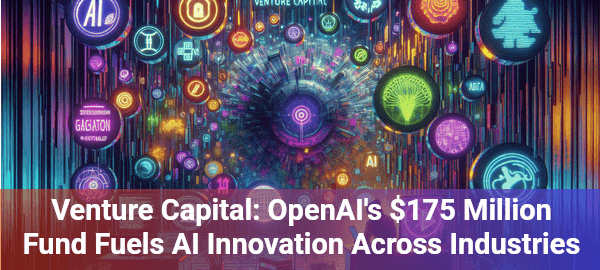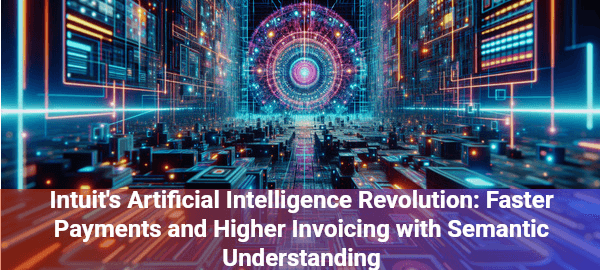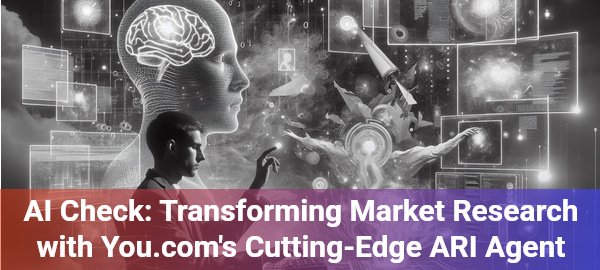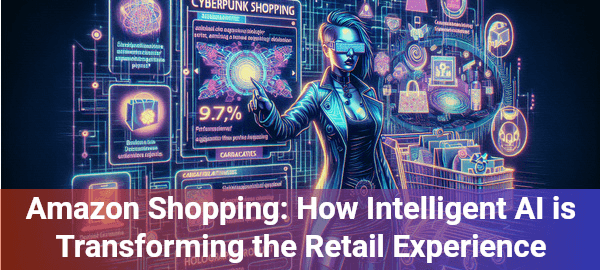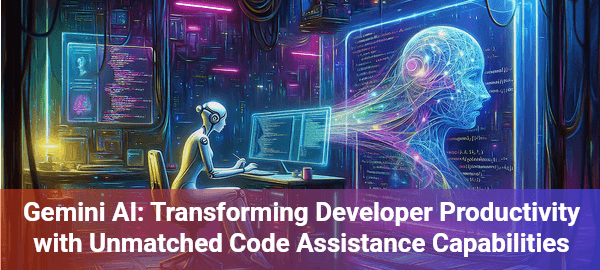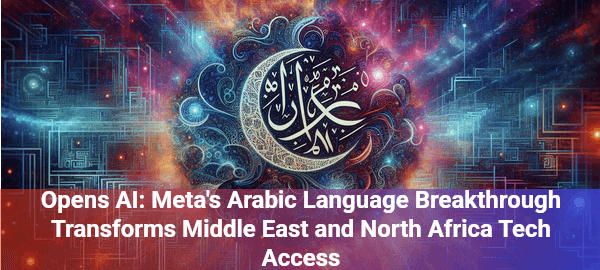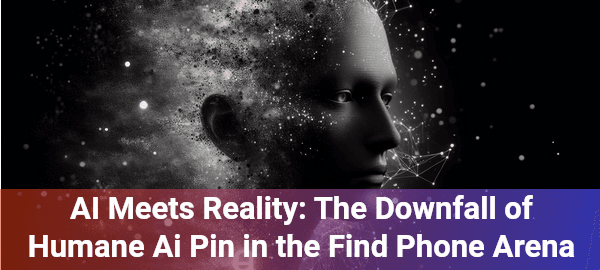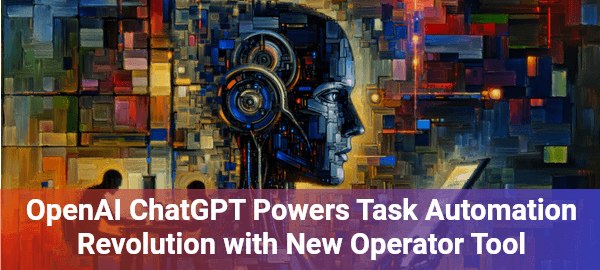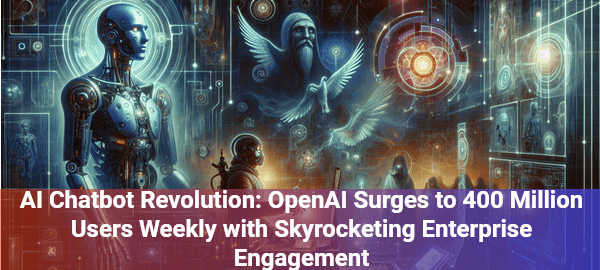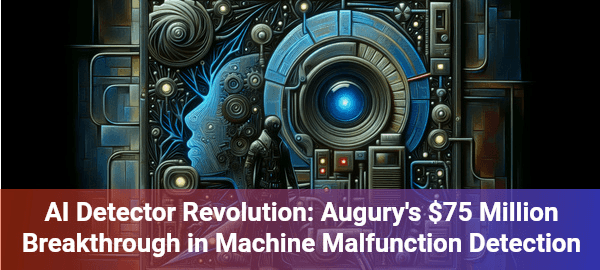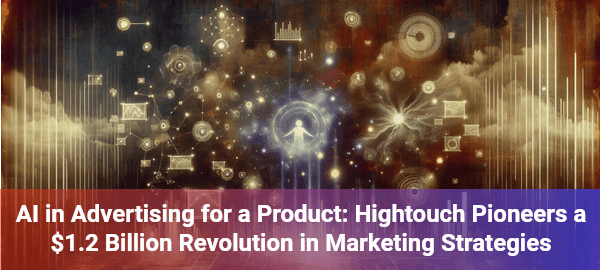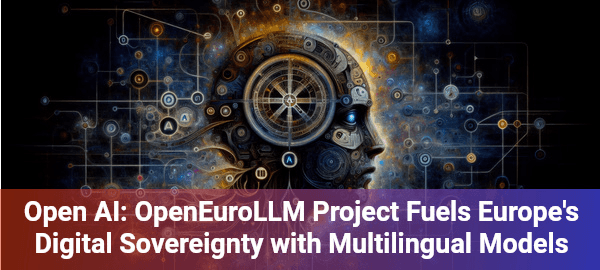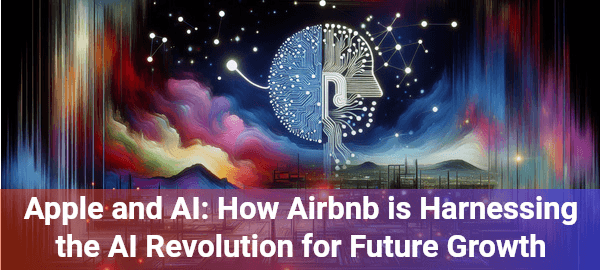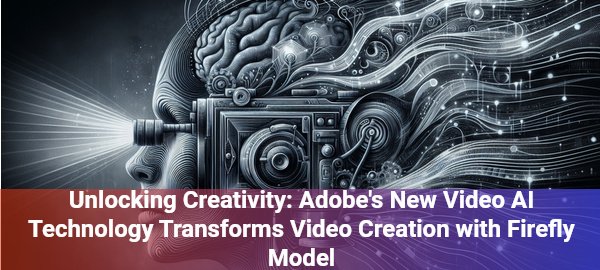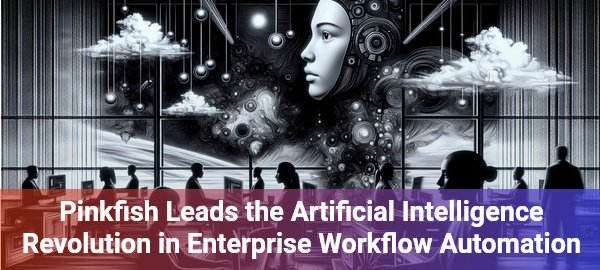Artificial intelligence just slashed AI computing costs dramatically!
Tech enthusiasts, prepare for a groundbreaking revelation in artificial intelligence. As AI continues to evolve, groundbreaking innovations are transforming how we perceive computational efficiency. Multiverse Computing’s recent breakthrough promises to revolutionize AI model compression, offering unprecedented cost reductions and performance optimization.
As a technologist who’s witnessed countless AI transformations, I’m reminded of a moment during a conference where a colleague joked about AI models being ‘digital elephants’ – massive, resource-hungry, and sometimes unwieldy. Little did we know how quickly compression technologies would change that narrative!
Artificial Intelligence’s Slim Computing Revolution
Multiverse Computing has just raised an astonishing €189 million (approximately $215 million) to develop CompactifAI, a quantum-computing-inspired compression technology capable of reducing large language model (LLM) sizes by up to 95% without compromising performance. This breakthrough could fundamentally transform AI’s computational landscape.
The company’s ‘slim’ models are not just theoretical – they’re practical and immediately applicable. Available through Amazon Web Services, these compressed models offer 4x to 12x faster performance, translating to a 50-80% reduction in inference costs. Imagine running sophisticated AI models on devices as small as a Raspberry Pi!
What makes Multiverse Computing’s approach truly revolutionary is its versatility. They’re offering compressed versions of popular open-source LLMs like Llama 4 Scout, Llama 3.3 70B, and Mistral Small 3.1. Their technology suggests a future where powerful AI isn’t constrained by massive computational requirements.
The technical prowess behind this innovation is equally impressive. Co-founded by Román Orús, a professor known for pioneering tensor network research, the company leverages computational tools that mimic quantum computers while running on standard hardware. This approach represents a significant leap in model compression techniques.
With 160 patents and 100 global customers including Iberdrola, Bosch, and the Bank of Canada, Multiverse Computing is positioning itself as a critical player in the AI efficiency revolution. Their total funding now stands at approximately $250 million, signaling strong investor confidence in their transformative technology.
Artificial Intelligence Compression as a Service
Imagine a startup that offers a cloud-based platform allowing companies to compress their existing AI models instantly. By providing a simple API and web interface, businesses could upload their machine learning models and receive optimized, smaller versions that run faster and cost less. The service would charge based on model size reduction and performance maintenance, targeting enterprises struggling with high AI infrastructure costs.
Embracing the Efficient AI Future
Are you ready to witness a technological transformation that could democratize AI access? Multiverse Computing’s breakthrough isn’t just about reducing costs – it’s about making artificial intelligence more accessible, sustainable, and powerful. What innovative applications can you imagine with dramatically smaller, more efficient AI models? Share your thoughts and let’s explore this exciting frontier together!
AI Efficiency FAQ
Q1: How much can Multiverse Computing’s technology reduce AI model size?
A: Up to 95% without performance loss.
Q2: Can these compressed models run on small devices?
A: Yes, even on devices like Raspberry Pi.
Q3: What cost savings can be expected?
A: 50-80% reduction in inference costs.
